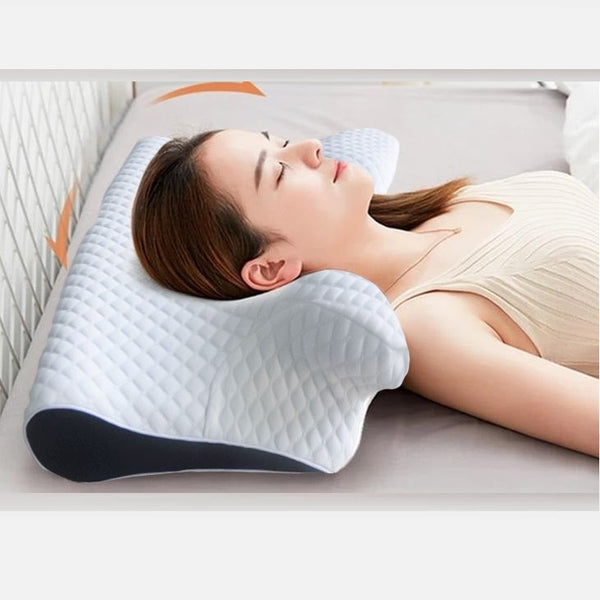How Many Units Are In A Syringe Of Botox
How Many Units Are In A Syringe Of Botox has long been a preferred choice for individuals seeking to reduce wrinkles and achieve smoother skin. Over two decades, people have turned to Botox to combat the signs of aging on their faces. If you’re considering Botox for the first time, you likely have questions about how much you’ll need and how many units of Botox will be necessary for your initial injection.
These are common inquiries, especially among first-time patients. Gaining a clear understanding of the required Botox quantity equips you with the knowledge to make informed decisions regarding the timing and frequency of your Botox treatments. In this guide, we’ll explore how much Botox is typically needed for various common procedures.
Understanding Botox Measurement
To determine the appropriate amount of Botox required to diminish wrinkles in a specific area, it’s essential to comprehend how Botox is measured. Botox is quantified in “units,” with one syringe of Botox containing 100 units. The quantity of Botox units can vary widely, with some facial areas necessitating as little as five units, while others may require approximately 40 or more units. Consequently, the more units of Botox used, the higher the cost of the procedure.
Absence of Universal Botox Guidelines
It’s vital to recognize that because each patient possesses unique facial muscle strength, there are no universally established Botox recommendations in terms of units per area. While there are general estimates regarding the number of units required for different facial regions, numerous factors influence the amount of Botox a patient needs. These variables make it impractical to provide a one-size-fits-all answer to the question, “How much Botox do I need?” These factors include:
- Age
- Muscle strength
- Degree of facial expressiveness
- Severity of creases and wrinkles
It’s noteworthy that remarkable results can be achieved with relatively few units of Botox. By examining the before-and-after images of a 30-unit Botox application, the transformative effects become apparent. These effects typically last from three to four months, after which it’s advisable to schedule another Botox injection to maintain the desired appearance. Over time, with regular Botox treatments, your muscles may naturally adapt to remain in a more relaxed state, thereby extending the intervals between Botox sessions.
Read More : Why Does Google Always Say I Have Cancer
How Botox Functions
Understanding the purpose of Botox and where it is most effective in creating a smoother and more youthful appearance is crucial. Botox operates by obstructing the communication between nerves and muscles. Consequently, the muscles responsible for skin creases relax, resulting in smoother skin. Botox primarily addresses wrinkles in areas where prolonged muscle movement has led to the formation of creases over time.
Determining the Botox Units Required for Forehead Wrinkles
Given the inherent variability in individual facial structures, the quantity of Botox necessary for addressing forehead wrinkles is determined on a case-by-case basis. Dr. Cat and her team prioritize providing each patient with a natural appearance. This approach involves their skilled judgment in minimizing lines and wrinkles while preserving a relaxed facial expression, avoiding the “frozen face” effect that was more prevalent when Botox was first introduced. Typically, addressing horizontal forehead lines necessitates between 12 to 20 units of Botox.
For those new to Botox, you may be wondering about the quantity of Botox required for the forehead during the initial treatment. It’s important to understand that Dr. Cat and her team apply Botox with precision. They administer multiple Botox injections in the forehead, spacing them out to cover the entire area using a minimal number of units. Employing their trained artistic eye, they aim to utilize the smallest quantity possible to achieve the most refined and natural outcome.
Determining the Botox Units Required Between the Eyebrows
One of the most popular Botox applications targets the area between the eyebrows to address glabellar lines, also known as “11 frown” lines due to their resemblance to the number eleven. These creases form above the nose bridge due to the repetitive contraction of the Procerus and Corrugator facial muscles over time. Additionally, a gradual reduction in elastin and collagen with age allows skin creases to become more pronounced.
Botox plays a pivotal role in relaxing these muscles and smoothing one or multiple creases located between the eyebrows. Dr. Cat and her team typically administer 10 to 20 units of Botox to address these frown lines. However, the precise number of Botox units required can vary based on the patient’s specific needs and the extent of creasing.
Read More : How Long Does Botox Last Around Eyes
Experience Exceptional Botox Treatment in Beverly Hills
Dr. Cat and her team possess a heightened aesthetic sensibility and employ their artistry to effectively reduce wrinkles and creases. With years of experience in administering precisely the right amount of Botox to patients, they possess the expertise to strategically apply the optimal Botox units for the best possible results. If you seek a smoother and more rejuvenated appearance, reach out to learn more about Dr. Cat and her Beverly Hills, CA practice, where you can easily achieve a quick facial refresh.




